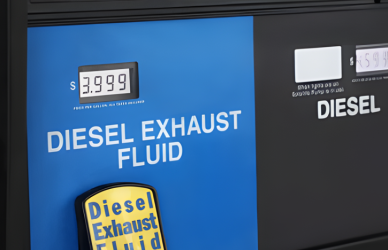The FMCSA has revised its emergency exemption rules to provide more clarity and specificity for truck drivers and carriers.
By narrowing the scope of safety regulations, the agency aims to ensure that carriers and drivers understand which emergency exemptions are necessary during specific events.
The changes specifically focus on the hours of service (HOS) limits for property-carrying and passenger-carrying vehicles, emphasizing that important safety requirements cannot be overlooked during emergency relief efforts.
While temporary relief from normal HOS limits is justified in most emergencies, it is essential for carriers and drivers to still prioritize safety.
The agency noted, “other safety regulations, including the driver qualification requirements of part 391, vehicle inspection requirements of part 396, parts and accessories required by part 393 and other operating requirements, such as prohibitions on operating while ill or fatigued in part 392, often have no direct bearing on the motor carrier’s ability to provide direct assistance to the emergency relief effort.”
Safety regulations ensure that the companies, vehicles and drivers meet the minimum requirements to operate safely, FMCSA officials said.
“While temporary relief from some regulations may be necessary during an emergency, waiving every regulation in parts 390 through 399 could negatively impact the safety of commercial motor vehicles (CMVs) operating on the roadways,” the final ruling states.
The final rule specifies that economic conditions caused by market forces won’t usually qualify for emergency regulatory relief. This includes shortages, strikes, driver shortages, inflation, and rate fluctuations. If these conditions directly threaten human life and lead to an emergency declaration, however, relief may be granted.
“This rule also removes the definition of emergency relief as that term is no longer used in § 390.23 and amends the definition of direct assistance to incorporate the essential components of the emergency relief definition,” the final rule states.
The new rule limits and clarifies the extent of regulatory relief in the event of a regional emergency declaration by a governor, authorized representative, or FMCSA. Under this rule, the relief will now last for 14 days instead of 30 days, and will only apply to CMV drivers exempt from specific HOS regulations, rather than all regulations in parts 390 through 399.
It should be noted that presidential declarations of emergency will still grant a 30-day exemption from all FMCSRs in parts 390 through 399.
View the final ruling in its entirety HERE.
Source: The Trucker











